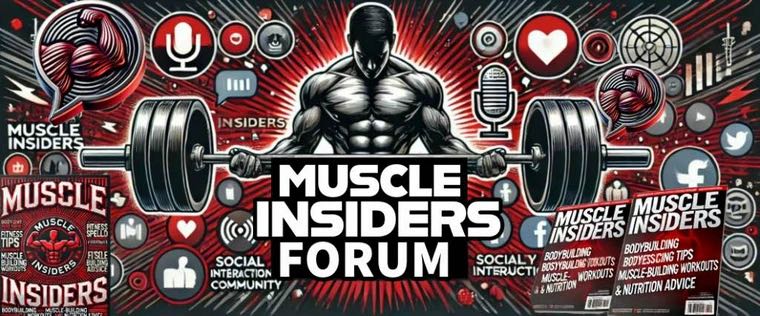Sounds like cheaper is not always better.
Announcement
Collapse
No announcement yet.
Scary stuff about protein
Collapse
X
-
I'd like to know which companies have been caught doing this!Originally posted by yellow snow View Post
-
Cool! I always use ON Gold Standard or Cellucor depending on who has the best deal, love the flavors..... always thought Hydro whey was a scam by ON, too.. I'm glad I didn't buy it (even though it's b+, it should be at the top with how expensive it is).Originally posted by IronJulius View Post
Comment
-
From the labdoor web site:
LabDoor’s first protein analysis quantified protein by total nitrogen content via an analytical technique called the Kjeldahl method. The primary shortcoming of this method, which has remained an industry standard, is its failure to account for sources of non-protein nitrogen (NPN), an umbrella term referring to free amino acids, creatine, choline, and other nitrogenous substances. A second drawback of determining protein content on the basis of total nitrogen is the need of a conversion factor representative of an amino acid’s contribution of nitrogen by mass percentage. Early findings determined that the average amino acid contains approximately 16% nitrogen by weight, leading to the use of 6.25 (1/0.16) as the conversion factor. While this estimation is close, it is not entirely accurate; individual amino acids differ in their nitrogen content.
Our new protein calculations account for these issues. LabDoor’s True Protein calculation uses the Kjeldahl analysis as the starting point for possible protein content. Furthermore, levels of all free amino acids were quantified; their expected contribution to total protein was corrected by using factors representative of the individual amino acids’ nitrogen content. Protein content contributed by creatine was also calculated (correcting for its nitrogen content) in all products claiming creatine. These values–representing sources of non-protein nitrogen–were subtracted from the Kjeldahl score to determine the total, bound protein content in every tested product, assuming it did not claim hydrolyzed sources of protein. Our updated rankings reflect this methodology. We believe that this is the most accurate representation of a supplement’s true, usable protein content.
*Significant is defined as "total free amino acids exceeds 2.5% of total sample mass." Moderate is defined as "total free amino acids exceeds 0.25% of total sample mass." There are no set standards for what constitutes "amino acid spiking." LabDoor set the following standards to allow for small manufacturing variances (e.g. different protein sources) while highlighting products where the free amino acid content is unlikely to be the result of such variances.
Note #2: For the sake of comparison, LabDoor tried utilizing a separate methodology to calculate bound protein content. Total protein was calculated by quantifying levels of all 20 amino acids. Separately, levels of free amino acids were quantified. Final (bound) protein content was calculated by subtracting free amino acid content from total amino acid content. This analysis yielded very small quantities. We suspect that this method is an inadequate representation of true protein content for the following reason:- The acid needed to completely digest protein (break a bound protein to its constituent amino acids), may also sufficiently denature individual amino acids to the point of dysfunction. That is, true levels of individual amino acids are not calculated accurately and levels of bound protein cannot be calculated realistically.
Beach bodies are made in the winter.
Comment



Comment